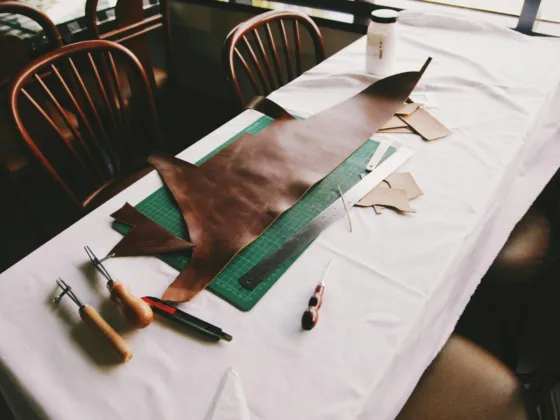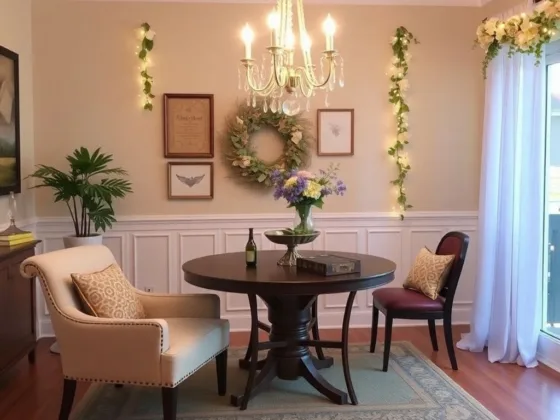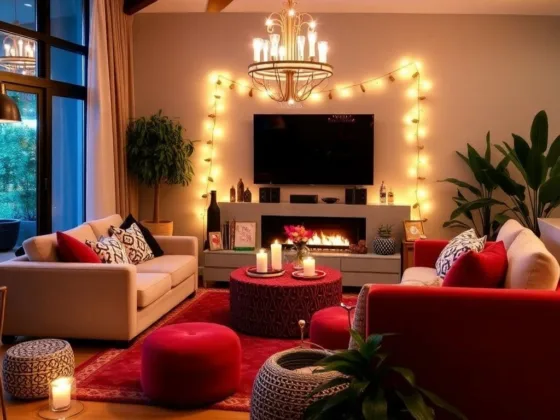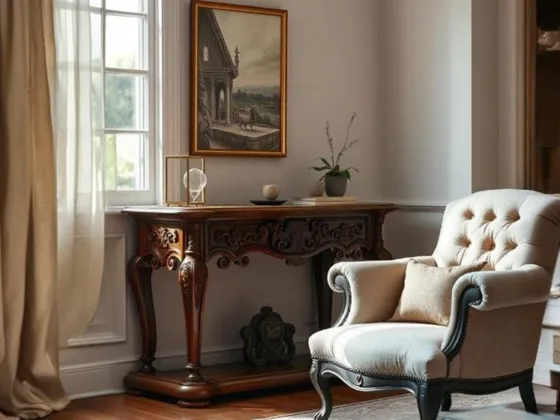Table of Contents Show
If you’re looking to elevate your outdoor space and give your home a fresh, modern look, then you’re in the right place. In this comprehensive guide, we’ll explore everything you need to know about composite decking and exterior timber cladding and how they can work together to create a stunning, cohesive exterior design.
Understanding Composite Decking and Timber Cladding
Let’s start with the basics. Composite decking is a durable, low-maintenance alternative to traditional wood decking. Composite decking, made from a combination of recycled wood fibers and plastic, offers the natural look of wood without the drawbacks of rotting, warping, or splintering.
On the other hand, exterior timber cladding adds warmth and texture to your home’s facade. Available in a variety of wood species and finishes, timber cladding provides both aesthetic appeal and practical benefits, such as insulation and weather resistance.
The Benefits of Composite Decking and Timber Cladding
One of the primary advantages of composite decking is its durability. Unlike traditional wood decking, composite decking is resistant to rot, mold, and insect damage, making it an excellent choice for areas with high humidity or moisture.
Similarly, timber cladding offers excellent thermal insulation properties, helping to regulate temperature and reduce energy costs. It also provides a natural barrier against the elements, protecting your home from wind, rain, and UV radiation.
Creating a Unified Design
One of the key benefits of using composite decking and timber cladding together is the ability to create a unified design aesthetic. By coordinating the colors, textures, and finishes of these two materials, you can achieve a seamless transition between your outdoor living space and the rest of your home.
For example, choose a warm, natural wood finish for your timber cladding and complement it with a matching or complementary color for your composite decking. This step creates visual continuity and enhances the overall harmony of your exterior design.
Practical Considerations: Maintenance and Longevity
When it comes to maintenance, both composite decking and exterior timber cladding offer significant advantages over traditional wood materials. Composite decking requires minimal upkeep, typically only needing occasional cleaning with soap and water to keep it looking its best.
Timber cladding, while more prone to weathering and fading, can be preserved with regular staining or sealing. Additionally, many timber species offer natural resistance to decay and insect infestation, further extending their lifespan.
Installation and Cost Considerations
In terms of installation, both composite decking and timber cladding require careful planning and execution to ensure a professional finish. While composite decking is generally easier to install due to its uniformity and pre-made components, timber cladding may require more specialized skills and tools.
When it comes to cost, composite decking tends to have a higher upfront price tag than traditional wood decking. However, it offers significant long-term savings in terms of maintenance and longevity. Timber cladding costs can vary depending on the wood species, finish, and installation method chosen.
Environmental Considerations: Sustainability and Eco-Friendliness
In today’s world, sustainability is more important than ever. Both composite decking and timber cladding offer eco-friendly alternatives to traditional building materials. Composite decking often contains recycled materials, such as plastic bags and wood scraps, diverting waste from landfills and reducing the need for virgin resources. Additionally, many timber cladding suppliers source their wood from responsibly managed forests, ensuring that trees are harvested in a sustainable manner that supports biodiversity and reduces carbon emissions.
Versatility in Design: Customization and Personalization
One of the greatest advantages of composite decking and timber cladding is their versatility in design. With a wide range of colors, textures, and finishes available, you can customize your outdoor space to suit your unique style and preferences. Whether you prefer the rustic charm of weathered timber or the sleek, modern look of composite materials, the possibilities are endless. You can also mix and match different materials and finishes to create visual interest and focal points in your design, allowing you to express your creativity and personality.
Enhanced Safety Features: Slip Resistance and Fire Resistance
Safety should always be a top priority when designing outdoor spaces, especially areas that are frequently used for entertaining or relaxation. Composite decking often comes with built-in safety features, such as slip-resistant surfaces and fire-resistant properties, making it an ideal choice for decks and patios. Timber cladding can also be treated with fire-retardant coatings to improve its fire resistance and protect against potential hazards. By choosing materials with enhanced safety features, you can enjoy peace of mind knowing that your outdoor space is both beautiful and safe for your family and guests.
Regulatory Compliance and Building Codes
Before embarking on any exterior renovation or construction project, it’s essential to familiarize yourself with local building codes and regulations governing the use of composite decking and timber cladding. These codes may dictate factors such as material specifications, installation methods, and safety requirements, ensuring that your project meets the necessary standards for structural integrity and occupant safety. By staying informed and adhering to regulatory guidelines, you can avoid costly mistakes and ensure that your outdoor space is built to last.
Professional Installation vs. DIY
While some homeowners may be tempted to tackle installation projects themselves, it’s often worth considering hiring a professional contractor for composite decking and timber cladding installation. Professional installers have the knowledge, experience, and specialized tools needed to ensure a high-quality finish and proper integration with your home’s existing structure. They can also provide valuable advice and guidance on material selection, design considerations, and maintenance requirements, helping you achieve the best possible results for your outdoor space.
Final Thoughts: Bringing Your Vision to Life
In conclusion, composite decking and timber cladding are a match made in heaven when it comes to creating a beautiful, functional exterior for your home. By combining the durability and low maintenance of composite decking with the natural beauty and versatility of exterior timber cladding, you can achieve a stunning result that enhances your home’s curb appeal and value.
Whether you’re renovating an existing outdoor space or building a new home from scratch, consider incorporating composite decking and timber cladding into your design plans. With their timeless appeal and practical benefits, these two materials are sure to elevate your home’s exterior.










